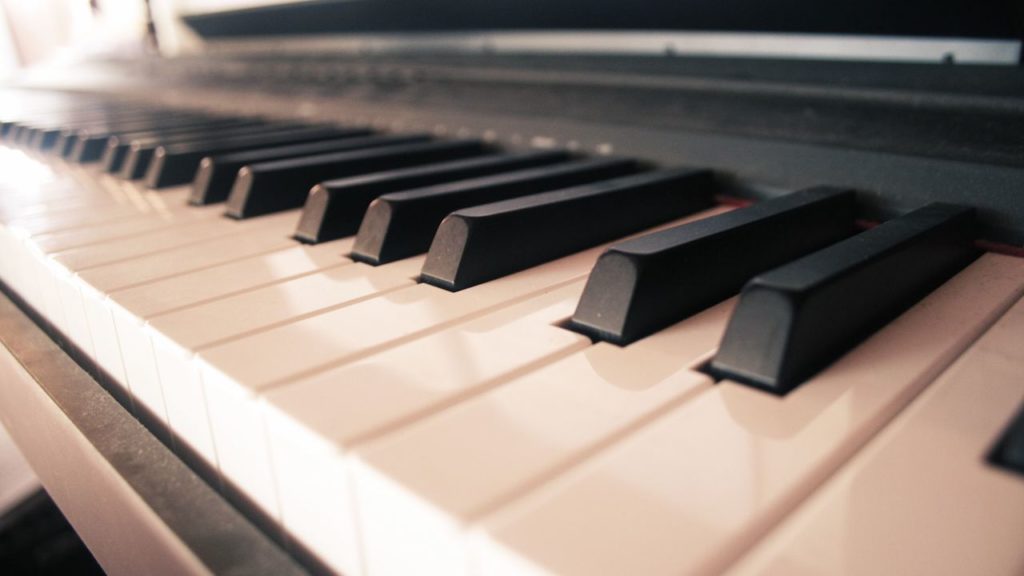You don’t have to play your song in the key in which it was written.
You don’t even have to write your song in the key in which you started writing it!
If a song is written in, say, the key of ‘G’, it’s usually for one of two reasons. 1) That’s where the melody landed initially, or 2) that’s the key the songwriter is most comfortable writing in (they might write all their songs in ‘G’).
But just because I write a song in a certain key doesn’t mean it sounds best to sing it there. I often write by singing and humming to myself, not too loud, and in doing so I often get comfortable singing the song in a low register. I’m just singing to myself, so why not?
But it’s a mistake to think that’s automatically the key where the song belongs.
This became obvious to me when I started playing new songs with my band. My first years of doing this were full of writing up chord charts in the original key, bringing them to rehearsal… and then almost every time going back home and rewriting them in a higher key. Sometimes way higher. When I sang it in the original key the low-register vocal got completely lost in the band’s roar and rumble.
The same principle holds true, though sometimes less extremely, for any kind of live performance, even with just voice and guitar, or voice and piano.
It’s also true for a recording – that is, that the original key may not be the ideal one. But recording can go in the other direction. Since you can turn the vocal up as loud as you want, and since there are more choices in how to frame the voice, in the studio sometimes a lower key can be a good option.
Whether live or in the studio, it’s worth taking some time to experiment with different keys, to be sure to be in the optimal place in the singer’s range. It can be a tough call, especially if a melody is rangy. What’s the highest note? What’s the lowest? What are the most important notes in the melody? Do they coincide with your, or the singer’s, most expressive notes?
This goes for the writing process too. Sometimes changing the key while writing is like hitting the Restart button on a song; it just makes it feel different. Notes that seem too high or low in one key are not in another.
Trying different keys can also be a good way to get out of a writing rut. Our fingers tend to go to familiar places on our instruments.
By using a capo, guitar-playing songwriters’ fingers can still go to familiar chord formations but sound different, and lay differently with the voice. And these days, with the click of a button, it’s just as easy to change keys on a keyboard. If you’re writing on a real piano you actually have to play it in a different key. That’s harder if you’re not an all-keys virtuoso, but try not to be discouraged.
Most important is finding the vocal sweet spot that the best key provides. It’s worth the effort, whether in the writing, performing, or recording.

